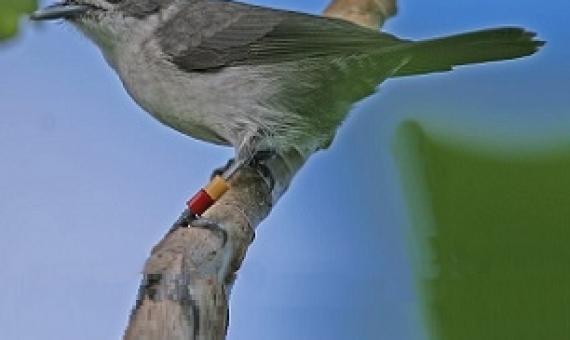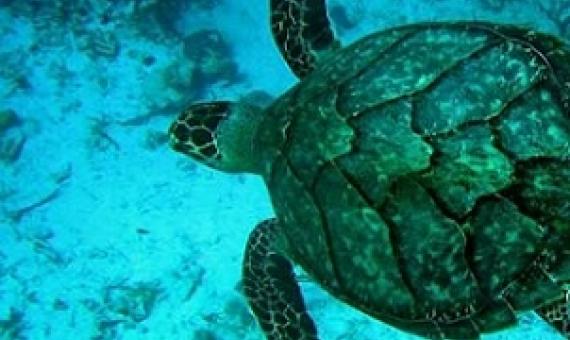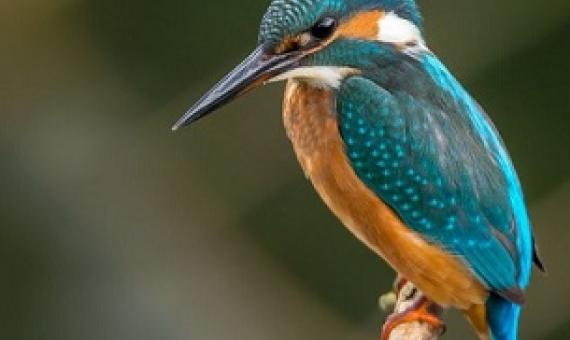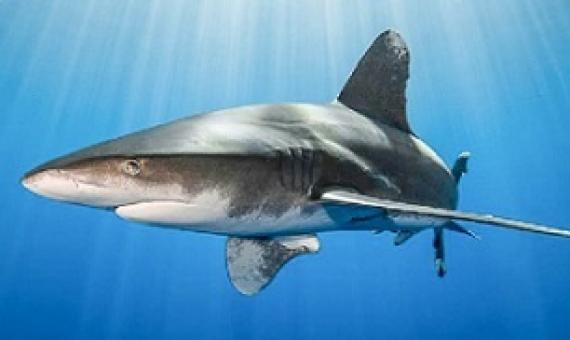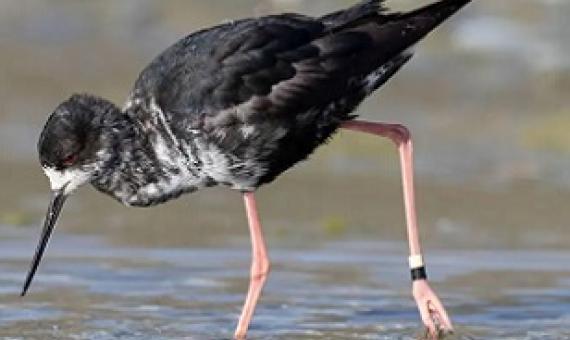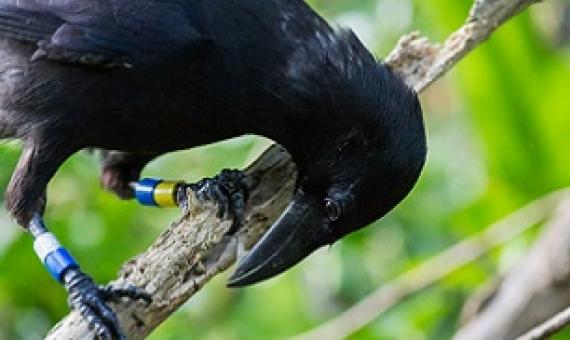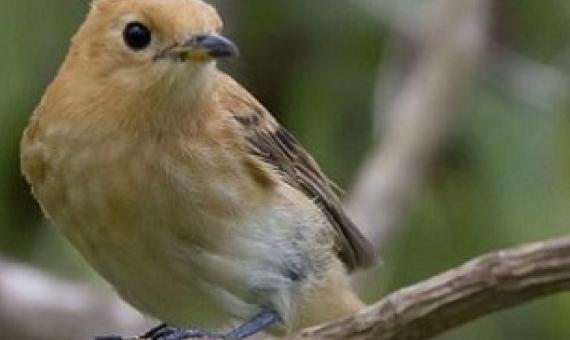The delightful little kākerōri, or Rarotonga flycatcher, has been brought back from the brink of extinction in a Cook Islands conservation success story. In the mid-1980s New Zealand ecologist Rod Hay identified the critically endangered kākerōri as one of the Top Ten most at-risk birds in t
A staggering 57% of threatened species need targeted recovery actions to ensure their survival, new research has shown.
The IUCN will soon be launching the IUCN Green Status of Species, a new assessment tool that will illuminate the ecological functionality of species within their ranges, and also show how much a species has recovered due to conservation efforts.
Testing a global standard for quantifying species recovery and assessing conservation impact
Recognizing the imperative to evaluate species recovery and conservation impact, in 2012the International Union for Conservation of Nature (IUCN) called for development of a“Green List of Species” (now the IUCN Green Status of Species).
During the COVID-19 pandemic-imposed lockdowns, reports of air quality improvements in certain locations gave many of us the impression that we may have somehow been able to mitigate the effects of global warming.
WWF urges all states fishing for tuna to implement a set of urgently needed measures – including 100% observer coverage on all industrial fishing vessels by 2030 and recovery plans for all critically endangered and endangered oceanic sharks and rays by 2026 – in order to prevent extinctions and r
Recovery and current status of seabirds on the Baja California Pacific Islands, Mexico, following restoration actions
The Baja California Pacifc Islands, Mexico, are globally important breeding sites for 22 seabird species and subspecies. In the past, several populations were extirpated or reduced due to invasive mammals, human disturbance, and contaminants. Over the past two decades, we have removed invasive predators and, for the last decade, we have been implementing a Seabird Restoration Programme on eight groups of islands: Coronado, Todos Santos, San Martín, San Jerónimo, San Benito, Natividad, San Roque, and Asunción.
Look at how we missed all 20 of the past decade’s biodiversity targets, or shocking graphs of animals threatened with extinction, and it is easy to be disheartened about the fate of the natural world.
The island of Rota has the distinction of being the only place on earth where the åga now can be found in the wild. More known as the Mariana Crow, the åga is a strong, resilient member of the genus Corvus, a family of birds which includes crows, ravens, jackdaws, and rooks.
In 1989, the Kakerori was on the brink of extinction. Now, it’s one of the front-runners in Te Ipukarea Society’s Bird of the Year contest!

